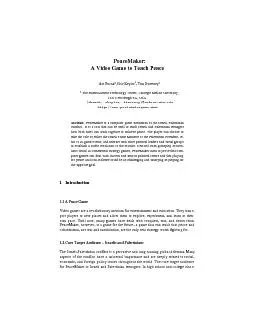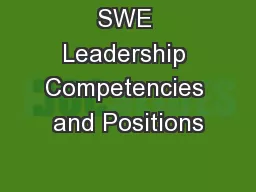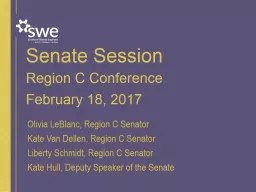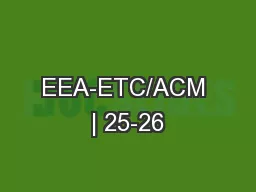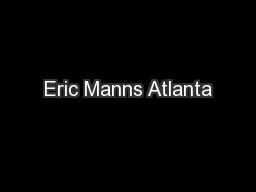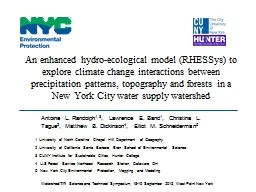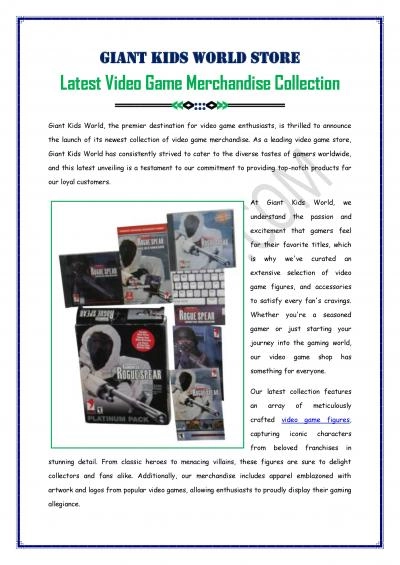PDF-PeaceMak A Video Game to Teach Peace Asi Burak1, Eric Keylor1, Tim Swe
Author : faustina-dinatale | Published Date : 2015-09-21
rooms teachers can use PeaceMaker as an engaging and fresh way to involve their students in discussing the conflict The game will educate future leaders by allowing
Presentation Embed Code
Download Presentation
Download Presentation The PPT/PDF document "PeaceMak A Video Game to Teach Peace Asi..." is the property of its rightful owner. Permission is granted to download and print the materials on this website for personal, non-commercial use only, and to display it on your personal computer provided you do not modify the materials and that you retain all copyright notices contained in the materials. By downloading content from our website, you accept the terms of this agreement.
PeaceMak A Video Game to Teach Peace Asi Burak1, Eric Keylor1, Tim Swe: Transcript
Download Rules Of Document
"PeaceMak A Video Game to Teach Peace Asi Burak1, Eric Keylor1, Tim Swe"The content belongs to its owner. You may download and print it for personal use, without modification, and keep all copyright notices. By downloading, you agree to these terms.
Related Documents

